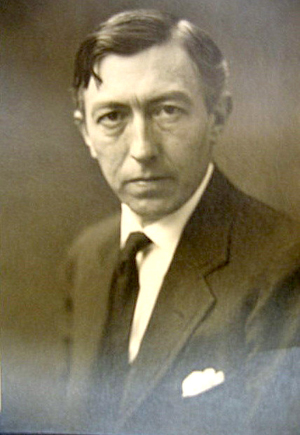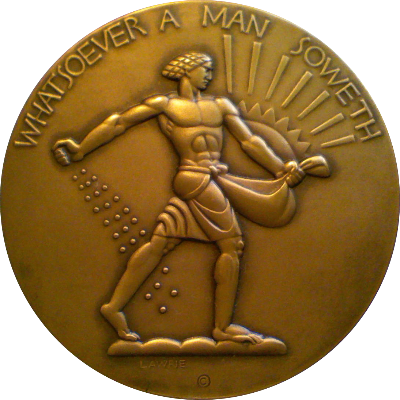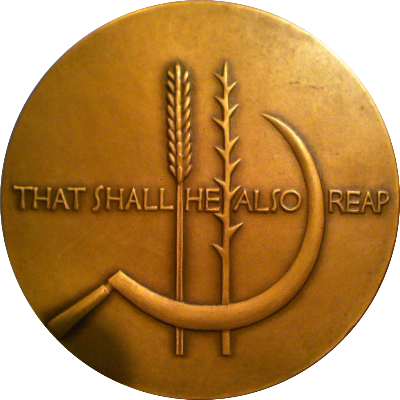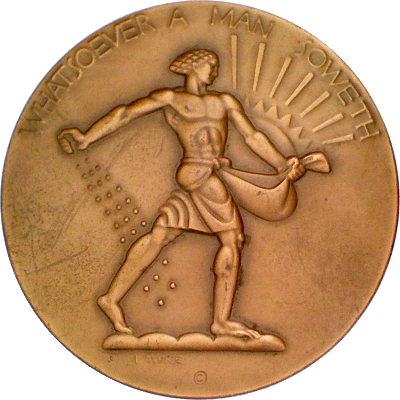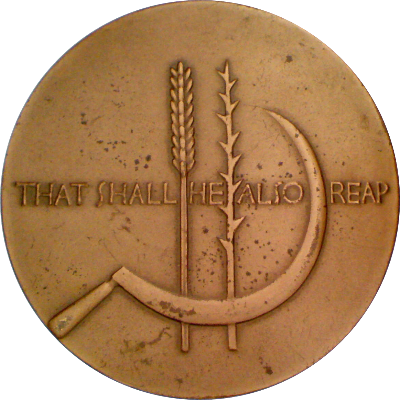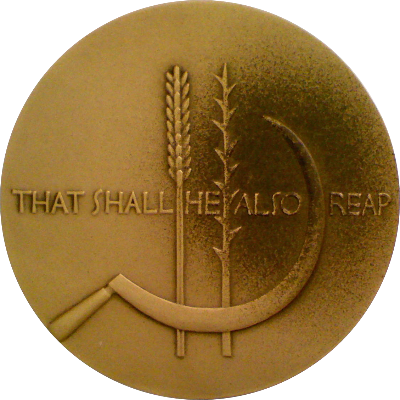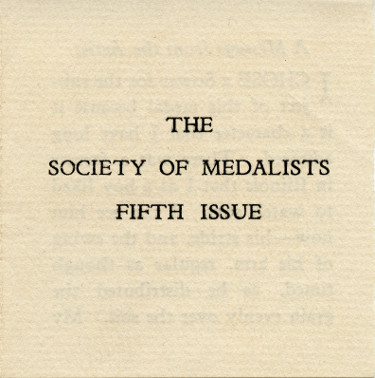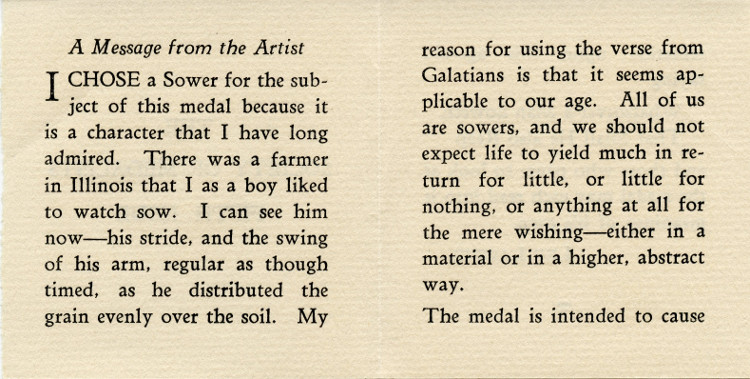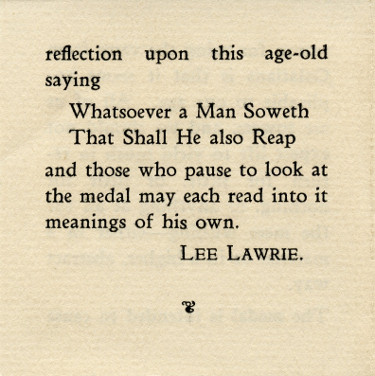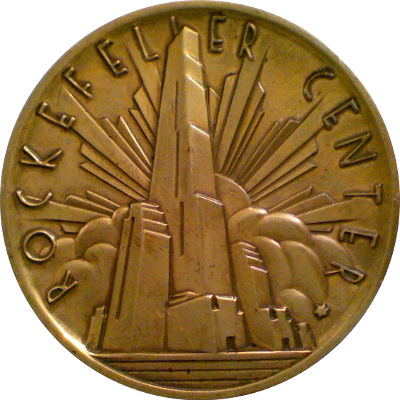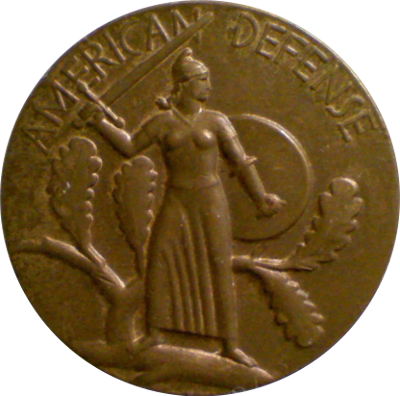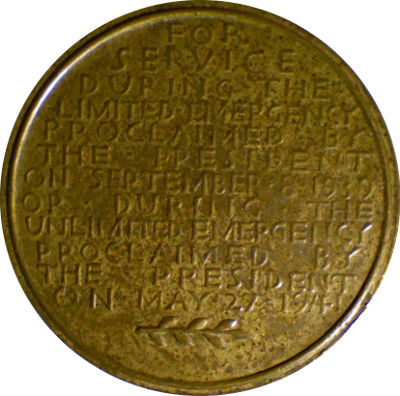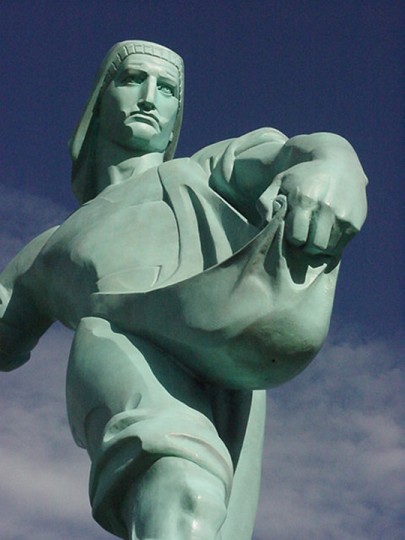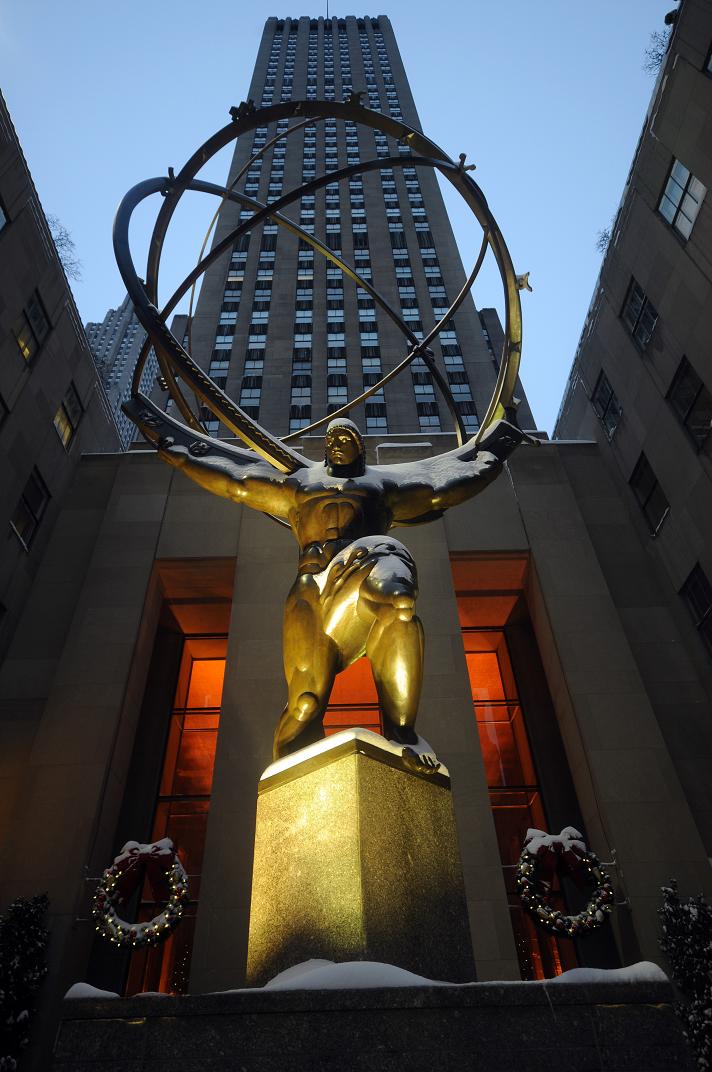Lee Oscar Lawrie was born in Rixdorf, Germany, and came to the United States in 1882 as a young child, settling in Chicago. It was there, at the age of 14, that he began working for the sculptor Richard Henry Park.
In 1892 he assisted many of the sculptors in Chicago, constructing the "White City" for the World's Columbian Exposition of 1893. Following the completion of the work at the Exposition, Lawrie returned East and became an assistant to William Ordway Partridge. The next decade found him working with other established sculptors: Augustus Saint-Gaudens, Philip Martiny, Alexander Phimister Proctor, John William Kitson and others. His work at the Louisiana Purchase Exposition, St Louis, 1904, under Karl Bitter, the foremost architectural sculptor of the time, allowed Lawrie to further develop both his skills and his reputation as an architectural sculptor.
Lawrie received a bachelor's degree in fine arts from Yale University in 1910. He was an instructor in Yale's School of Fine Arts from 1908 to 1919 and taught in the architecture program at Harvard University from 1910 to 1912.
Lawrie's collaborations with Ralph Adams Cram and Bertram Goodhue brought him to the forefront of architectural sculptors in America. After the breakup of the Cram, Goodhue firm in 1914, Lawrie continued to work with Goodhue until Goodhue's premature death in 1924, then with his successors.
The Nebraska State Capitol and the Los Angeles Public Library both feature extensive sculptural programs integrated with the surface, massing, spatial grammar, and social function of the building. Lawrie's collaborations with Goodhue are arguably the most highly developed example of architectural sculpture in American architectural history.
Lawrie served as a consultant to the 1932 Century of Progress Exposition in Chicago. He was a member of the National Institute of Arts and Letters, the American Academy of Arts and Letters, the National Academy of Design, and the Architectural League of New York. Among his many awards was the AIA Gold Medal of the American Institute of Architects in 1921 and 1927, a medal of honor from the Architectural League of New York in 1931, and an honorary degree from Yale University. He served on the U.S. Commission of Fine Arts from 1933 to 1937 and again from 1945 to 1950.
Lawrie died in 1963, one of America's most important architectural sculptors.
